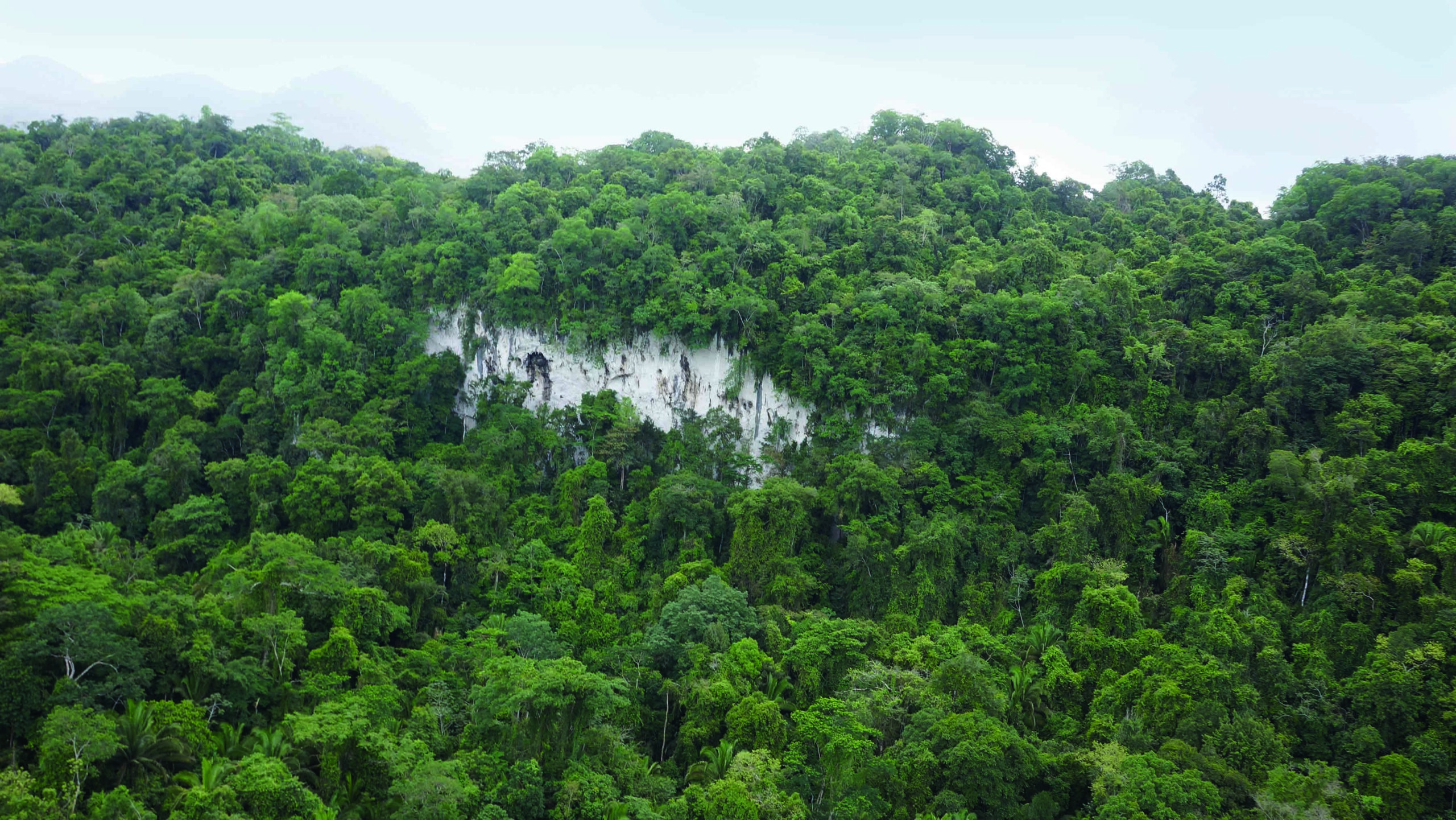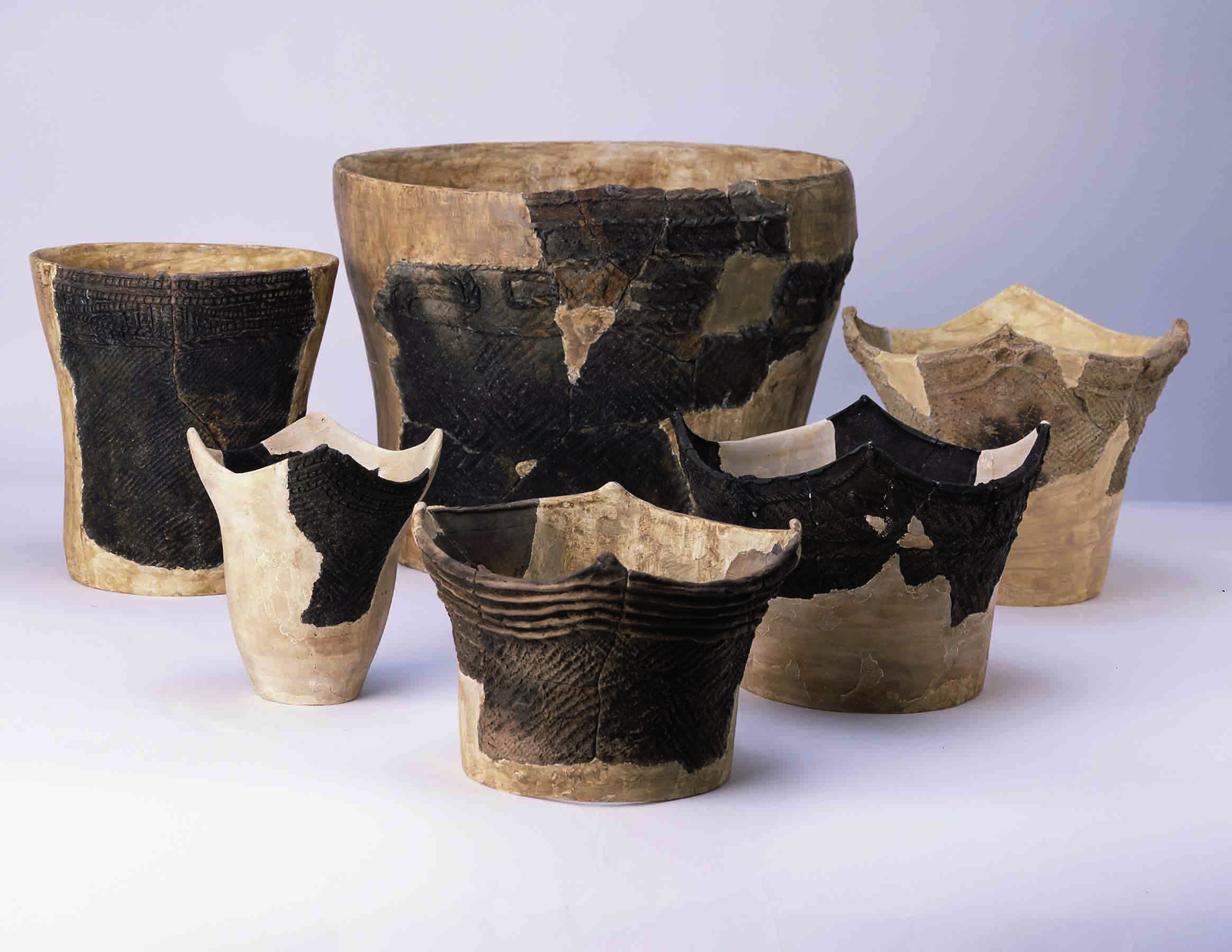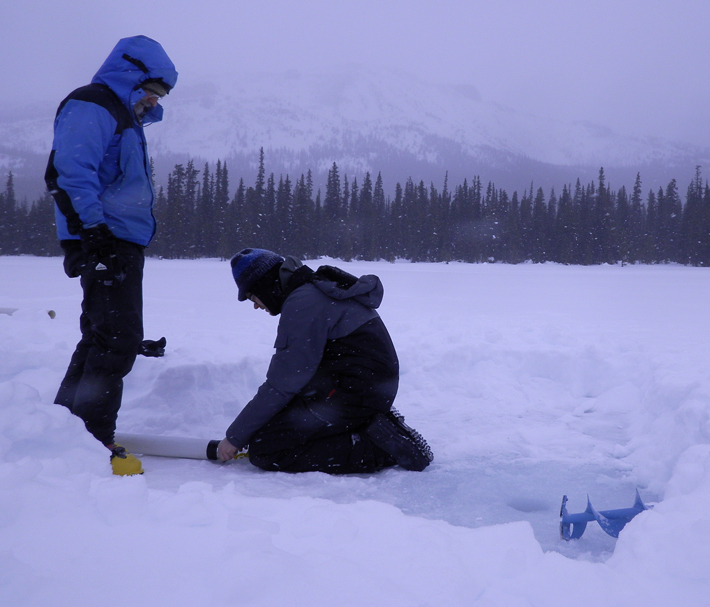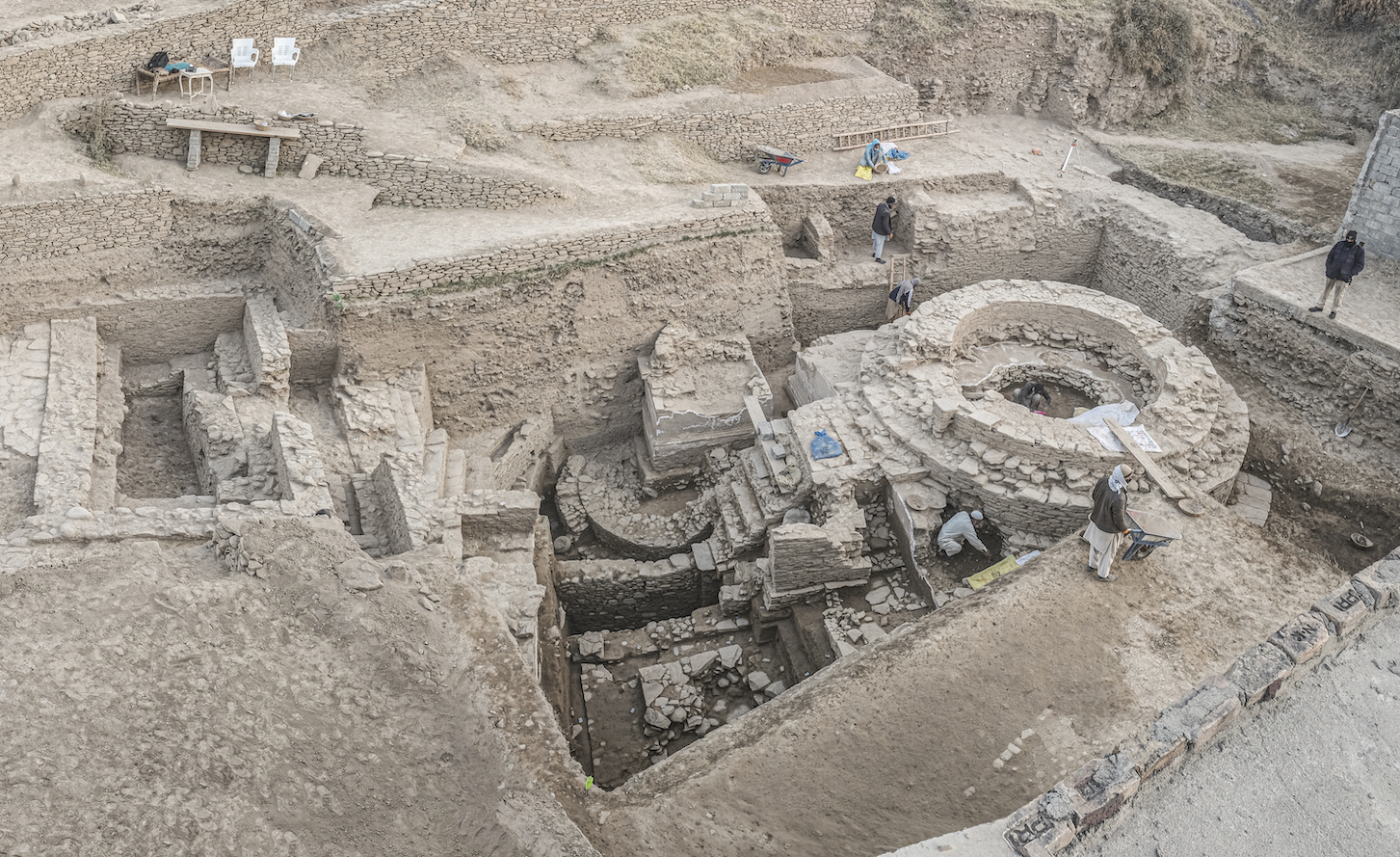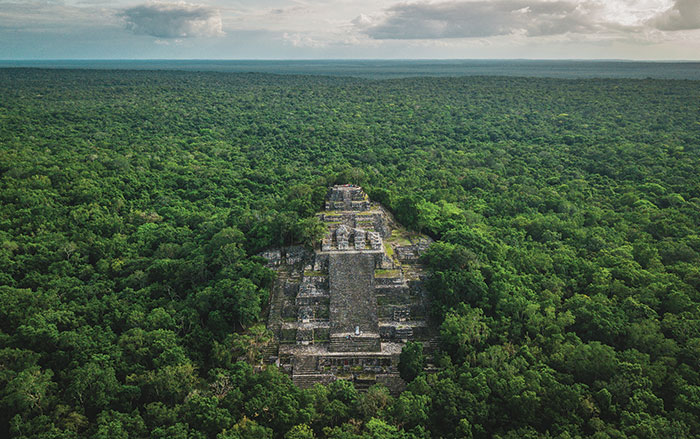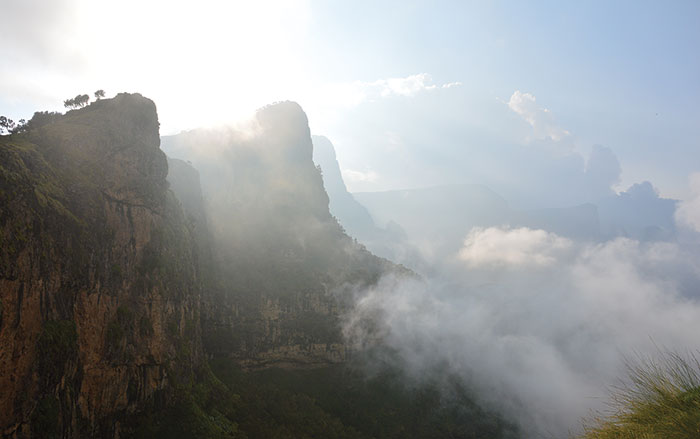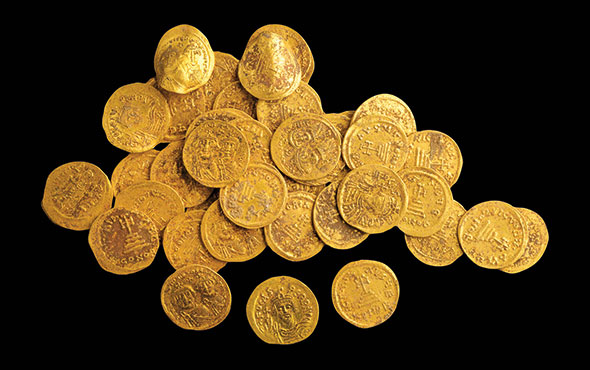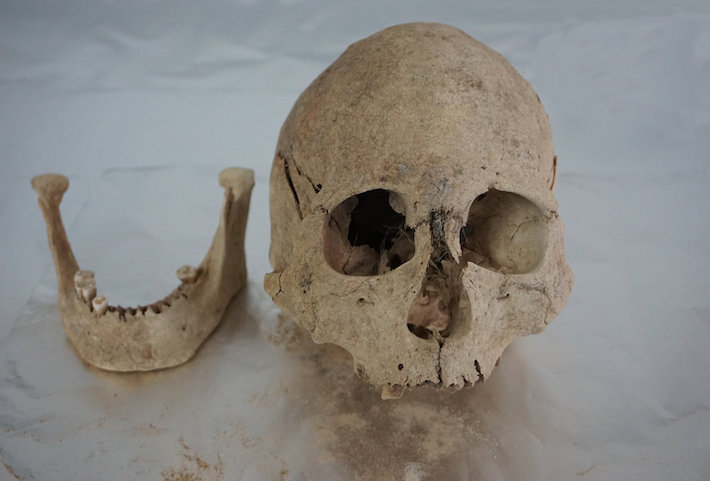
BEIJING, CHINA—According to a statement released by the Chinese Academy of Sciences, Fu Qiaomei of the Institute of Vertebrate Paleontology and Paleoanthropology (IVPP) and her colleagues have sequenced the genomes of 89 people whose remains were recovered from 29 archaeological sites on the Tibetan Plateau. The study suggests that all of these individuals were descended from a northern East Asian population that mixed with an as-yet-unidentified population. “This pattern is found in populations since 5,100 years ago, prior to the arrival of domesticated crops on the plateau,” Fu said, explaining that these migrants did not bring wheat and barley crops with them. The study also revealed that different groups inhabited the northeastern, southern/central, and southern/western areas of the plateau more than 2,500 years ago. These groups later came into contact with each other and began to merge. Fu and her colleagues also found the EPAS1 variant, thought to have been inherited from Denisovans, in the oldest of the study samples. This variant allows humans to adapt to living at high altitudes. “Thus, the arrival of this variant occurred prior to 5,100 years ago in the ancestral population that contributed to all plateau populations,” she concluded. Read the original scholarly article about this research in Science Advances. To read about Tibetan populations' genetic ability to adapt to high-altitude environments, go to "The Heights We Go To."


